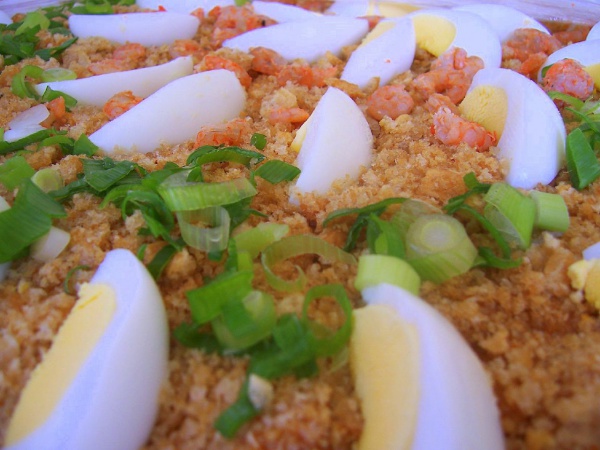Facts About Pancit
In Filipino cuisine, "pancit" refers to both noodles and the dishes made from them, typically featuring rice noodles. These noodles were first introduced to the Philippines by Chinese settlers and have since become a staple in local food culture, with many types and variations. The word "pancit" originates from the Hokkien phrase "pian i sit" meaning "convenient food." Different types of noodles can be found in Filipino supermarkets for home cooking, and noodle dishes are a common sight in local eateries, often known as "panciterias."
According to Nancy Reyes Lumen from the Philippine Center for Investigative Journalism, there is a tradition in the Philippines where noodles are eaten on birthdays because they symbolize long life and good health. Consequently, noodles are a must-have at birthday parties, and Chinese restaurants in the Philippines often include "birthday noodles" on their menus. Furthermore, it is important not to cut the noodles, as doing so would break the symbolism of longevity.
There are many variations of pancit in Filipino cuisine. Popular dishes include pancit luglug and pancit palabok, which are similar but use different types of noodles. There is also a unique version called seaweed pancit from Tiwi, Albay, known for its health benefits due to its high calcium and magnesium content. Other regional varieties include Pancit Abra, Pancit Bato, Pancit Malabon, and Pancit Molo, each with its own distinct ingredients and preparation methods.
